Canon has published its white paper regarding the technology implemented on its newest cameras (C300 Mark III and C70) which is the Dual Gain Output (DGO) that allows 16 stops of dynamic range. The technology utilizes the same concept being used in the ARRI cameras for more than 10 years. Learn more below.
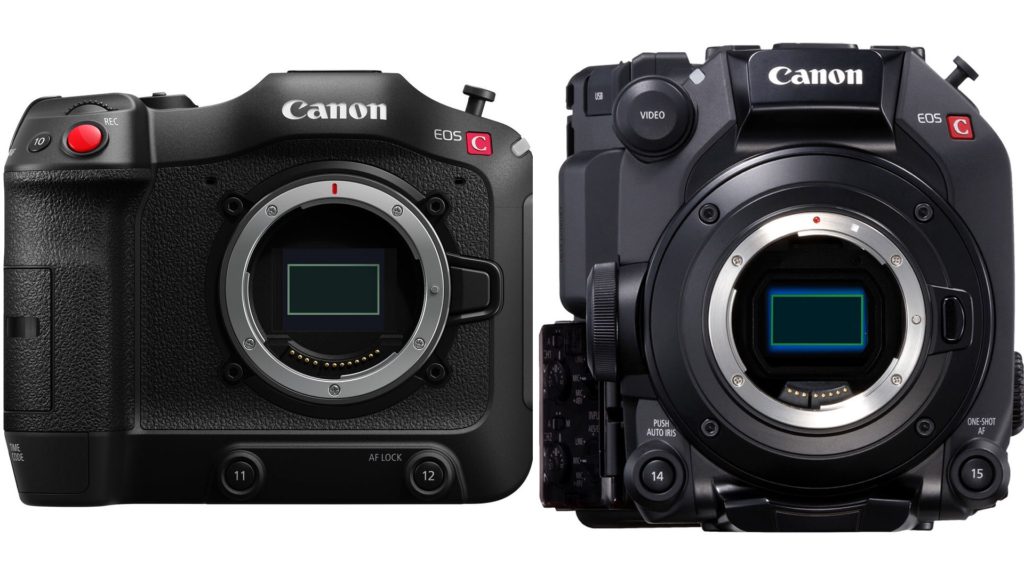
The ALEXA was the first to utilize DGO
The Dual Gain Architecture simultaneously provides two separate read-out paths from each pixel with different amplification. The first path contains the regular, highly amplified signal. The second path contains a signal with lower amplification to capture the information that is clipped in the first path. Both paths feed into the camera, delivering an image for each path. These images are then combined into a single high dynamic range image. This method enhances low light performance and prevents the highlights from being clipped, thereby significantly extending the dynamic range of the image. Sounds familiar? That’s because this technology is being used by ARRI on its ALEXA and AMIRA for a while, by their ALEV CMOS sensor which is developed and manufactured by ON Semiconductor.
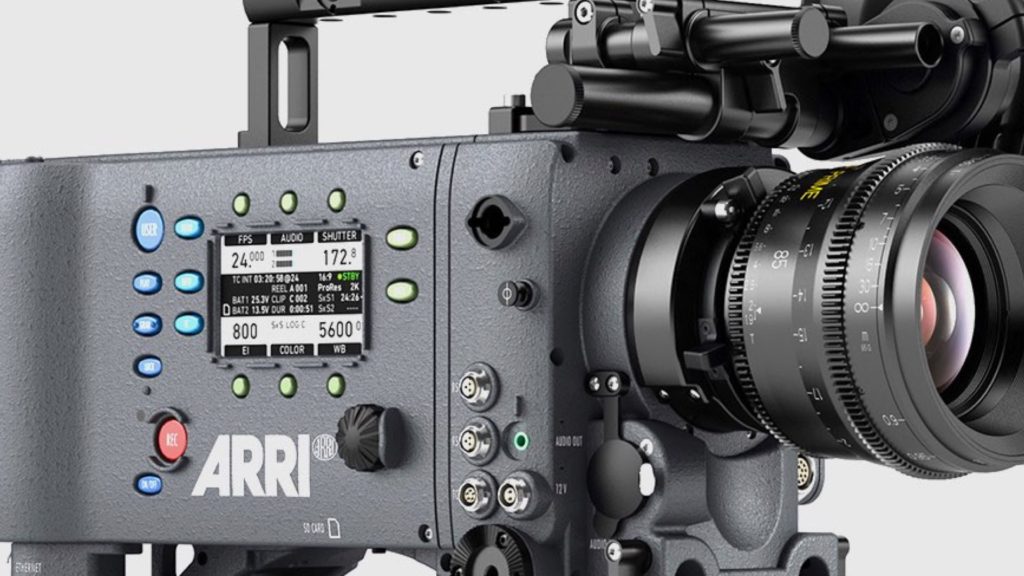
C300 Mark III, C70, and the DGO technology
The new Canon’s 4K CMOS sensor (C300 Mark III and C70) constitutes a unique front end imaging system that extends the dynamic range by one stop. The Dual Gain Output technology applies two distinct gain level settings to each of the two photodiode signal outputs followed by exposure adjustments, and then a blending of the two signals that produce a final signal output with fully protected highlights and a noise enhanced lower region. This action results in allowing the image sensor to further extend into the deeply shadowed areas of a given scene while simultaneously preserving all of the highlight information. In other words, two images are created and blended to achieve an improved imagery with 16 stops of DR (Dynamic Range).
Explore the simple representation below of the two images that are ultimately blended to achieve the desired extension in dynamic range:
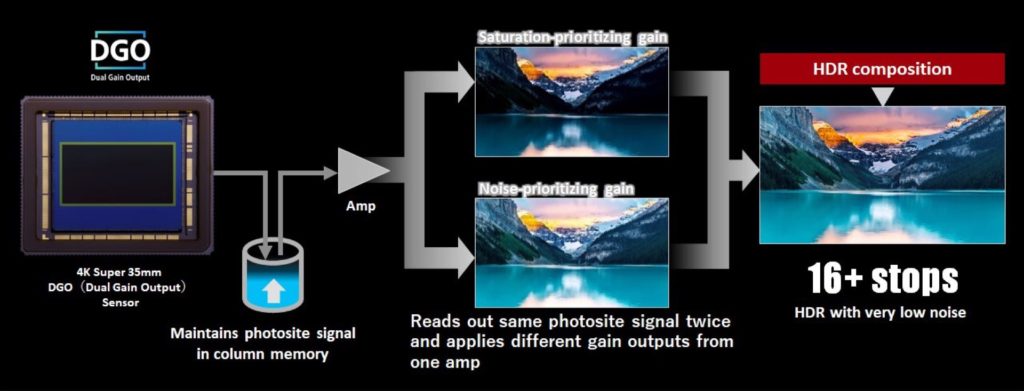
16 stops + of DR
According to Canon, extensive worldwide experiences in HDR motion-imaging an awareness that full exploitation of all that HDR offers includes the ability to extend the exposure latitude in both regions above and below the reference 18% gray exposure. In the early days, high attention was initially paid to faithful capture of highlight details. However, modern moviemaking and high-end episodic television productions appear to be increasingly seeking reproduction of scene details in deeply shadowed areas of many scenes. The Dual Gain Output (DGO) technology supports such imaging – without compromising the reproduction of highlight details. In real-world shooting in twilight, at an exposure setting of ISO 6400, the cameral produces an impressive deep exposure latitude and very acceptable noise level.
Check out the slide below which demonstrates 16 stop plus of DR measured of the Cinema EOS C300 Mark III camera deploying the Dual Gain Output (DGO) technology:

Summary
As explained, this approach and concept are not new and are being implemented for 10 years on the ARRI ALEXA and AMIRA to provide 14 stops of DR. Now Canon has reverse-engineered the technology to be utilized on its newest camera: The EOS C300 Mark III and the newly announced C70 to elevate the DR to 16 stops. For those who’d like to dive into the technical details, head over Canon’s white paper which tries to explain the mathematics behind it.


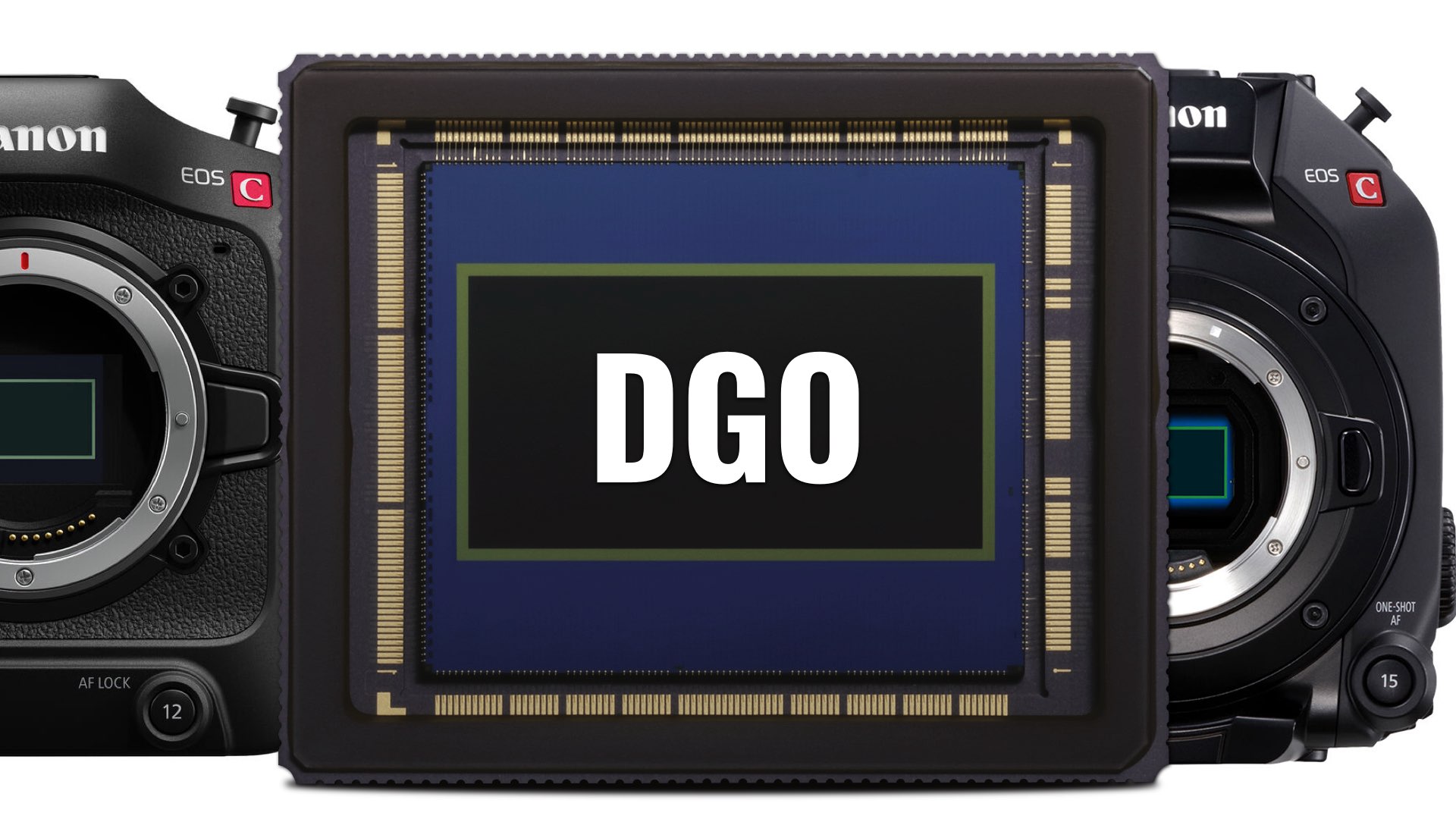
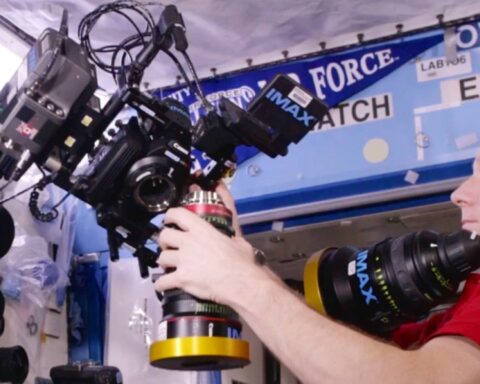
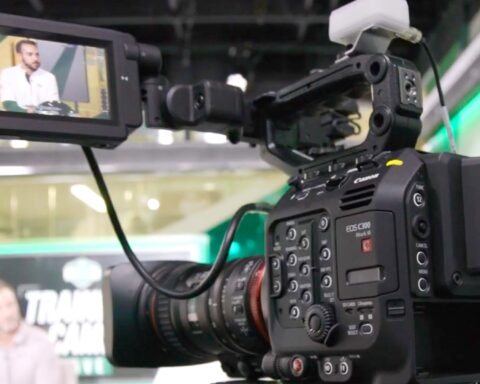

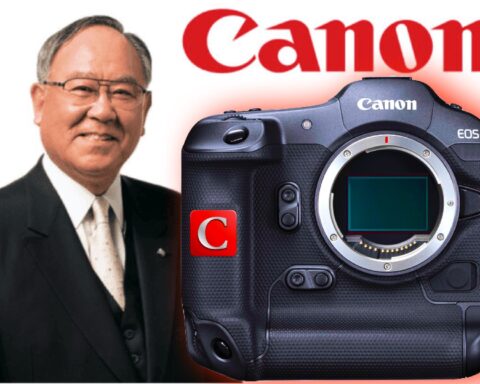

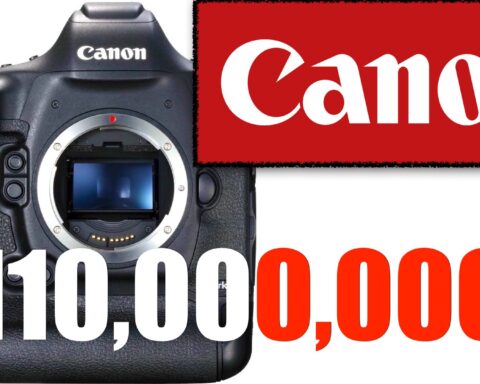

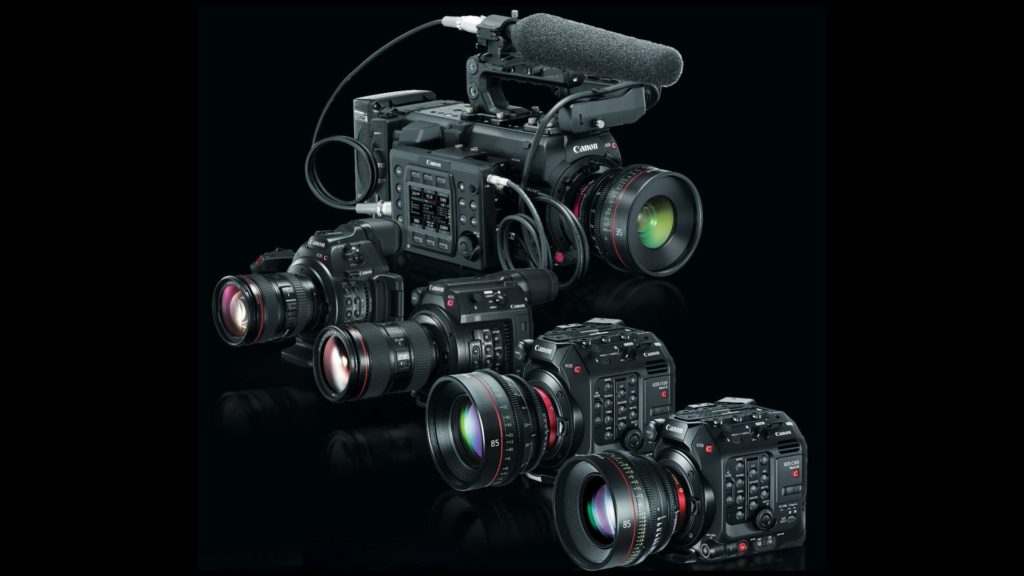
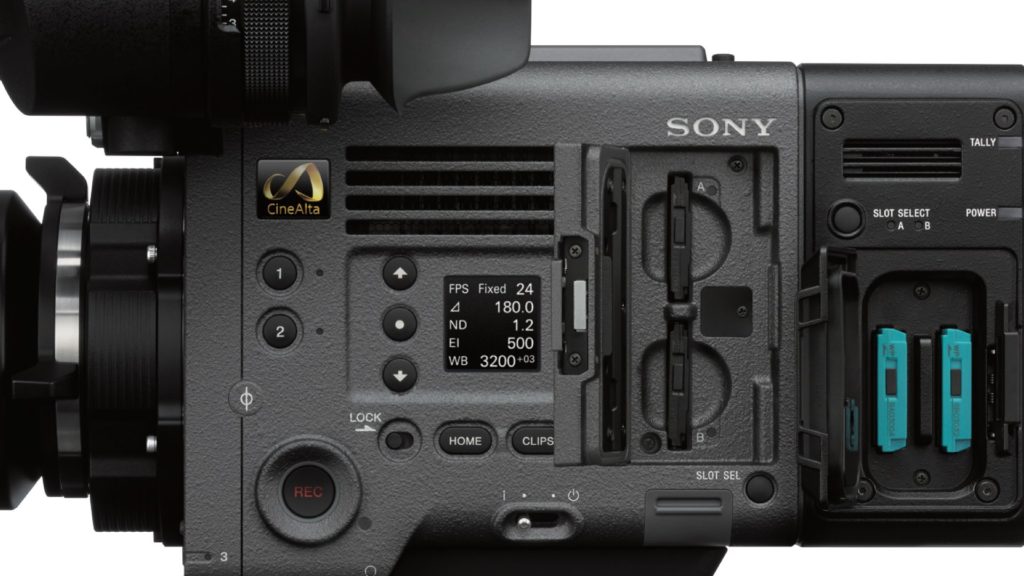





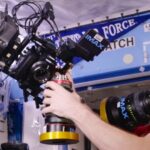

And I would like to know, who was the first to suggest the technique in cinema caneras?